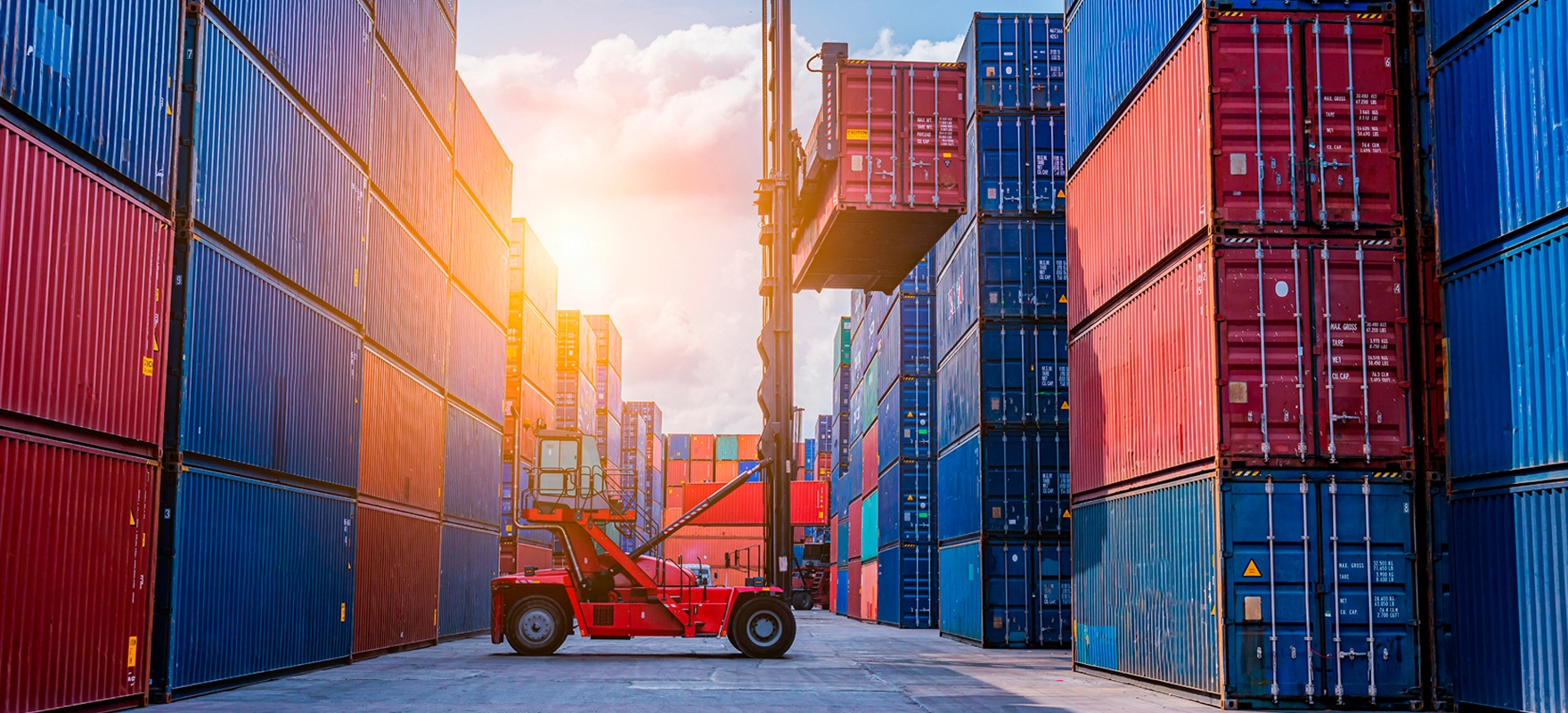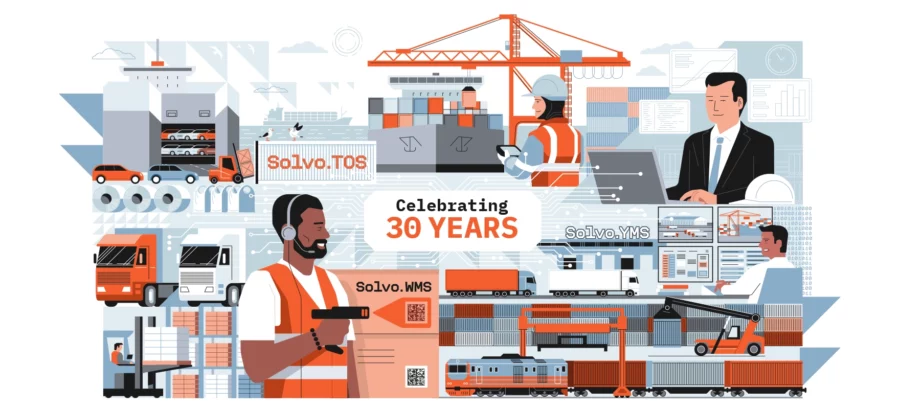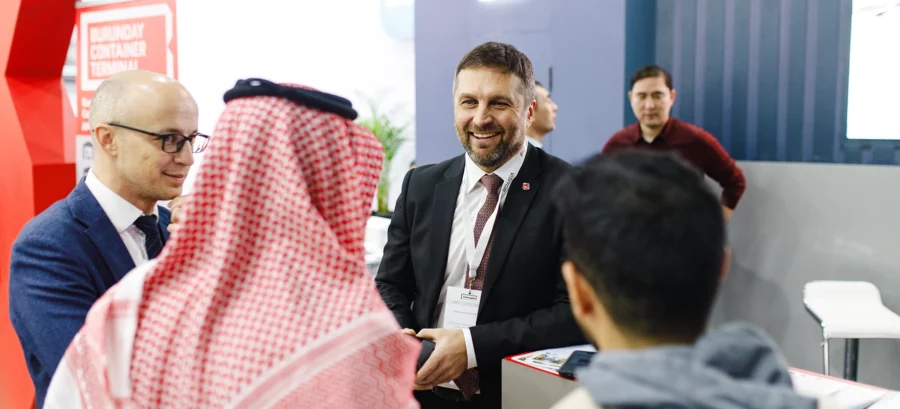Why fertilizer is on the radar now?
Global demand for mineral fertilizers continues to rise, with analysts forecasting a compound annual growth rate (CAGR) of around 3%. But while production scales steadily, infrastructure is struggling to keep pace. Limited berth capacity at major ports is becoming a bottleneck — putting pressure on logistics operations to move faster, more flexibly, and with fewer constraints.
In response, producers and shippers are switching from traditional bulk logistics to a “smart bulk” model: fertilizers are loaded into purpose-built bulk-containers, which are transported by rail and tipped directly into a vessel’s hold at the quay.
This hybrid approach boosts ship-side productivity and increases throughput — but only for terminals whose systems are ready to handle its complexity.
Smart bulk comes with a new to-do list
The moment fertilizer shifts from container to bulk mid-process, standard workflows break down. Here are the five key challenges terminals face:
1. Dual cargo identity. A single shipment changes mode — from containerized to bulk or vice versa — midway through the terminal. That confuses traditional TOS logic, which assumes static cargo classification.
2. Rail–quay synchronization. Block trains arrive with containerized bulk. To keep berth operations fluid, terminals must unload trains, shuttle containers under hook, and reload empty boxes onto wagons quickly — all while tracking wagon time to avoid demurrage penalties.
3. Dynamic yard allocation. Storage zones shift constantly depending on vessel schedules and weather conditions. Equipment cycles and yard layouts must be recalculated daily — sometimes hourly.
4. Traceability and billing. Despite the change in handling mode, cargo still needs end-to-end tracking — for both compliance and cost recovery. Each movement must be accounted for, even if cargo is “in transit.”
5. Dust and ESG compliance. Regulators expect strict environmental controls. Terminals must monitor spills, limit exposure, and provide time-stamped audit trails for every touchpoint.
In short: smart bulk increases the potential for higher throughput — but only if the TOS can keep up.
One TOS for all cargo types: how Solvo.TOS makes smart bulk work
Solvo.TOS is designed to unify all cargo flows — bulk, breakbulk, containers, Ro-Ro — in a single system. That’s exactly what makes it effective for managing hybrid operations like smart bulk fertilizer logistics.
Terminals running Solvo.TOS have already reported 30–50% faster berth performance after adopting smart bulk lines. Here’s how the system supports this transition:
- Dual cargo identity:
Solvo.TOS manages the full container → bulk → empty box sequence in a single workflow. Features like Mass Destuffing and trimmable stow plans handle tipping and hold-fill operations with precision. - Rail–quay synchronization:
The system auto-generates jobs that guide CHE from wagon to hatch and back. Built-in KPIs track wagon turnaround and highlight idle time for penalty avoidance. - Dynamic yard allocation:
Using rule-based logic and shift-level planning, Solvo.TOS balances cranes, reach-stackers, and yard slots across the terminal — all from a single interface. - Traceability and billing:
With built-in EDI support and customs documentation, Solvo.TOS allows clerks to create “export loading orders” before cargo arrives. This “cargo-in-transit” model ensures full traceability across modes. - Dust and ESG compliance:
Every action — tipping, transferring, loading — is logged with container ID, operator, timestamp, and location. The unified event log supports environmental audits and safety reporting.
Why one platform matters
Terminals that rely on a patchwork of systems — one for bulk, one for rail, another for containers — struggle to adapt when cargo mixes change. With Solvo.TOS, all cargo types live in one operational framework, enabling:
- Faster adaptation to new logistics models
- Better coordination across all stakeholders (shippers, rail, regulators, carriers)
- Scalable throughput without siloed systems
- More control, less risk
Smart bulk is more than a trend — it’s a response to the evolving demands of global trade. With Solvo.TOS, terminals are equipped to handle it.
Want to see how Solvo.TOS manages hybrid cargo operations?
We’d be happy to walk you through a smart bulk workflow — and show how one system can handle multiple modes, complex schedules, and rising ESG requirements without breaking operational flow.






